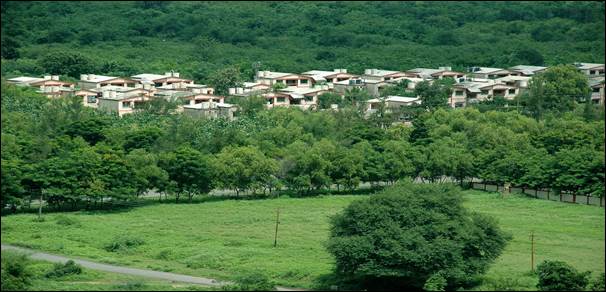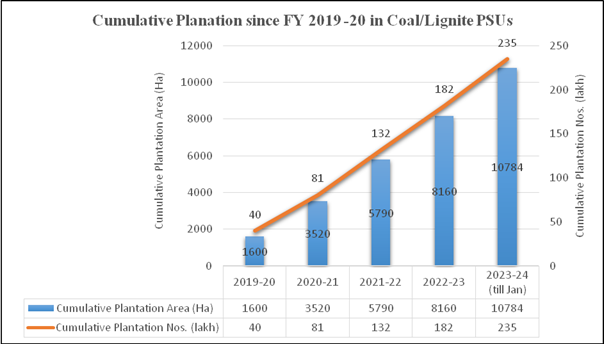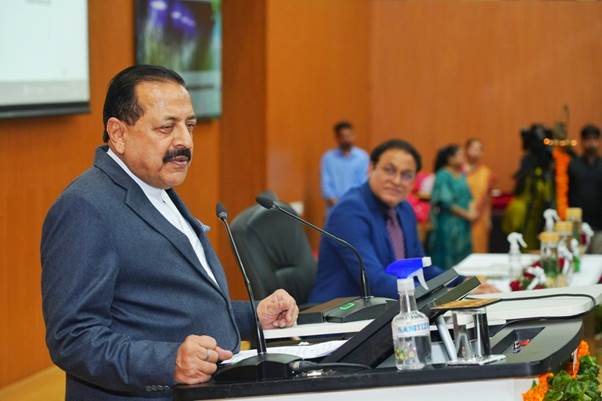The image of the coal industry conjures up visions of smokestacks and blackened landscapes. But a crucial shift is underway, one that sees coal companies transform their very essence by weaving verdant threads into the fabric of their operations. Under the watchful eye of the Ministry of Coal, sustainable greening initiatives are taking root, painting a picture of ecological responsibility unlike any seen before.
 At the forefront of this metamorphosis lies a sprawling tree-planting program. Since 2019, Coal/Lignite PSUs have meticulously planted over 23.5 million native trees across a canvas exceeding 10,784 hectares. This isn’t just about aesthetics; it’s about creating vital carbon sinks that greedily devour harmful greenhouse gases, mitigating the industry’s environmental impact. Imagine, once barren mine sites now teeming with life, each lush leaf acting as a miniature air purifier.
At the forefront of this metamorphosis lies a sprawling tree-planting program. Since 2019, Coal/Lignite PSUs have meticulously planted over 23.5 million native trees across a canvas exceeding 10,784 hectares. This isn’t just about aesthetics; it’s about creating vital carbon sinks that greedily devour harmful greenhouse gases, mitigating the industry’s environmental impact. Imagine, once barren mine sites now teeming with life, each lush leaf acting as a miniature air purifier.
But the diversity of this greening effort is its true triumph. From the shade-giving embrace of Jamun trees to the medicinal properties of Neem, each species is meticulously chosen. Fruit-bearing trees like mango and guava offer sustenance and income opportunities to local communities, forging a mutually beneficial bond between industry and people. Timber giants like Sal and Teak contribute to responsible forestry, while ornamental flora like Gulmohar add a splash of colour, attracting pollinators and enriching biodiversity.
The innovation doesn’t stop there. Coal companies are embracing the revolutionary Miyawaki method, named after its visionary creator, Dr. Akira Miyawaki. This technique packs a dense, multi-layered forest into just 10 years, a feat that typically takes a century! Imagine, saplings growing at breakneck speed, transforming barren land into a thriving ecosystem within a single decade. By planting a staggering 8,000 saplings per hectare – compared to the usual 200-300 – the Miyawaki method creates robust green spaces in record time.
But the impact goes beyond the realm of carbon sequestration and ecological restoration. This greening initiative extends a hand to local communities, offering valuable employment opportunities in planting and maintenance activities. It fosters a sense of ownership, transforming residents from bystanders to active participants in shaping their verdant future. Beyond livelihoods, these restored ecosystems provide invaluable services like improved air and water quality, creating a ripple effect that benefits not just the immediate communities but also the wider region.
This isn’t just about greenwashing; it’s about a paradigm shift. The coal industry is setting a precedent, demonstrating that progress and environmental stewardship can co-exist, and even thrive together. These green initiatives serve as a beacon of hope, a testament to the potential for transformation. They’re an invitation to explore, learn, and contribute to weaving a greener, more sustainable future for generations to come. So, let’s step beyond the familiar image of coal and embrace the vision of verdant landscapes rising from the earth, a testament to the industry’s commitment to a brighter tomorrow.




